Hyundai i20 Review: First Drive
The Hyundai i20, when launched in 2008, was a landmark product that created a new segment in the Indian market. But 12 years ago, the thought of Indian consumers paying premium prices for a hatchback was unimaginable. The question back then
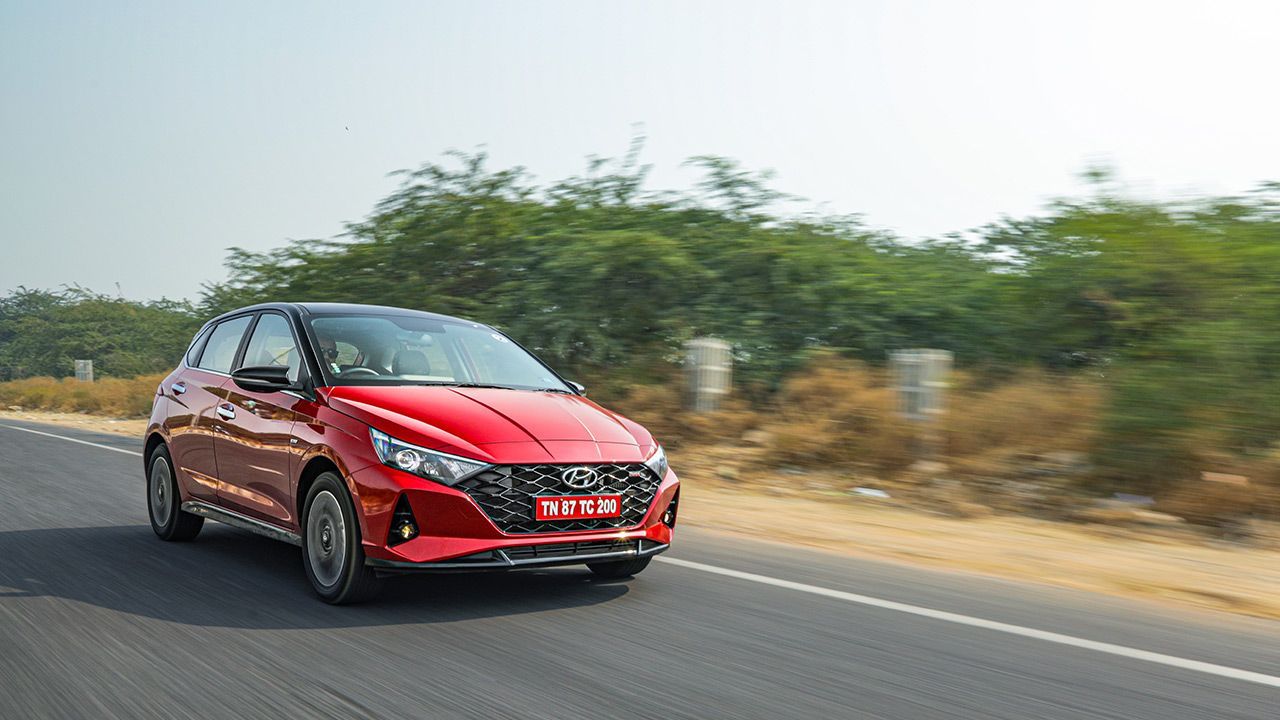
In its third-generation avatar, the Hyundai i20 sets a new high point in terms of pricing of premium hatchbacks. But the question is – with its new platform, engines, and design, does it also set a new benchmark in the segment?
The Hyundai i20, when launched in 2008, was a landmark product that created a new segment in the Indian market. But 12 years ago, the thought of Indian consumers paying premium prices for a hatchback was unimaginable. The question back then was – is the Indian consumer willing to pay over 8 lakh rupees for a hatchback, no matter how luxurious and well-equipped it is?
The OG
Well, the answer came relatively quickly. The i20 was a smash hit and created the premium hatchback segment. The Maruti Suzuki Baleno, for instance, was a direct by-product of the i20’s success. In fact, such has been the success of the i20 in India in the last 12 years that our country remains the single biggest market for the i20 worldwide. And it would be fair to say that in terms of quality, standard equipment levels, and refinement, the outgoing i20 was still the segment benchmark in the Indian market.
In its third-generation avatar, then, the i20 aims to set more benchmarks, and the first one is its pricing. With its top-of-the-line versions costing just over `11 lakh, the i20 clearly is treading into unknown territory. But it’s not just the pricing of the new i20 that’s surprising – from its brand-new design and a new platform to new engines, gearboxes, and class-leading equipment, the i20 is a terrific package, at least on paper.
But will Hyundai manage to convince customers to pay this kind of a price premium over its rivals, such as the Baleno and the Honda Jazz, or even the outgoing i20, for that matter? Well, we spent a full day driving the i20 in varying road and traffic conditions to find out.
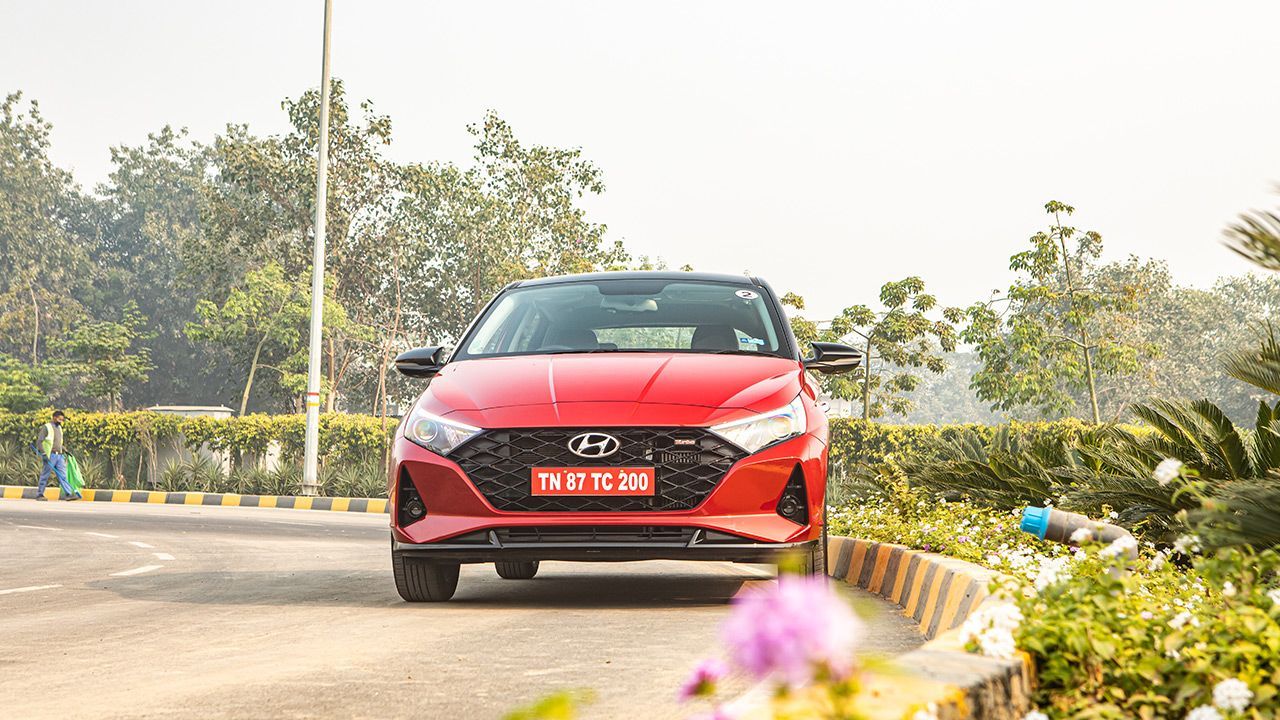
Sharp looker
The first, and the most obvious, change is the completely new design of the new i20. Based on Hyundai’s new global design direction, the i20 features sharper styling, intricate detailing, and a very well-balanced stance. Our dual-tone test car, for instance, featured black detailing at the front, wing mirrors, roof, side skirts, and even rear bumper. Combine this with a large front grille, sleek headlamps, and a sharply inclined bonnet, and you get a uniquely attractive front-end design.
In profile, the i20’s large glasshouse and the presence of a unique glass window in the C-pillar give it quite a balanced look, which is aided by the restrained use of chrome and 16-inch wheels filling the wheel arches. If there’s something that might bother you in profile, it’s the positioning of the door handles on the front and rear doors. Those with keener eyes must’ve noticed that the handles of the two doors are mounted on separate planes, which is something that really bothers the obsessive-compulsive stickler in me. Thankfully, though, in terms of the overall design, it’s not a very conspicuous anomaly.
Now, the rear design of the i20 is probably going to be the most polarizing aspect of the car. With its full-length, sharply styled ‘Z’ shaped taillights, the rear design of the i20 is quite distinctive. But the huge chrome strip in between the taillights is likely to polarize people quite a bit.
Still, there is no doubt that the new i20 is a beautifully styled car, which not only looks unique but also is sure to be a hit with Indian customers. And I’m not exaggerating when I say that in terms of perceived value, the i20’s design and detailing exude a premium feel in oodles.
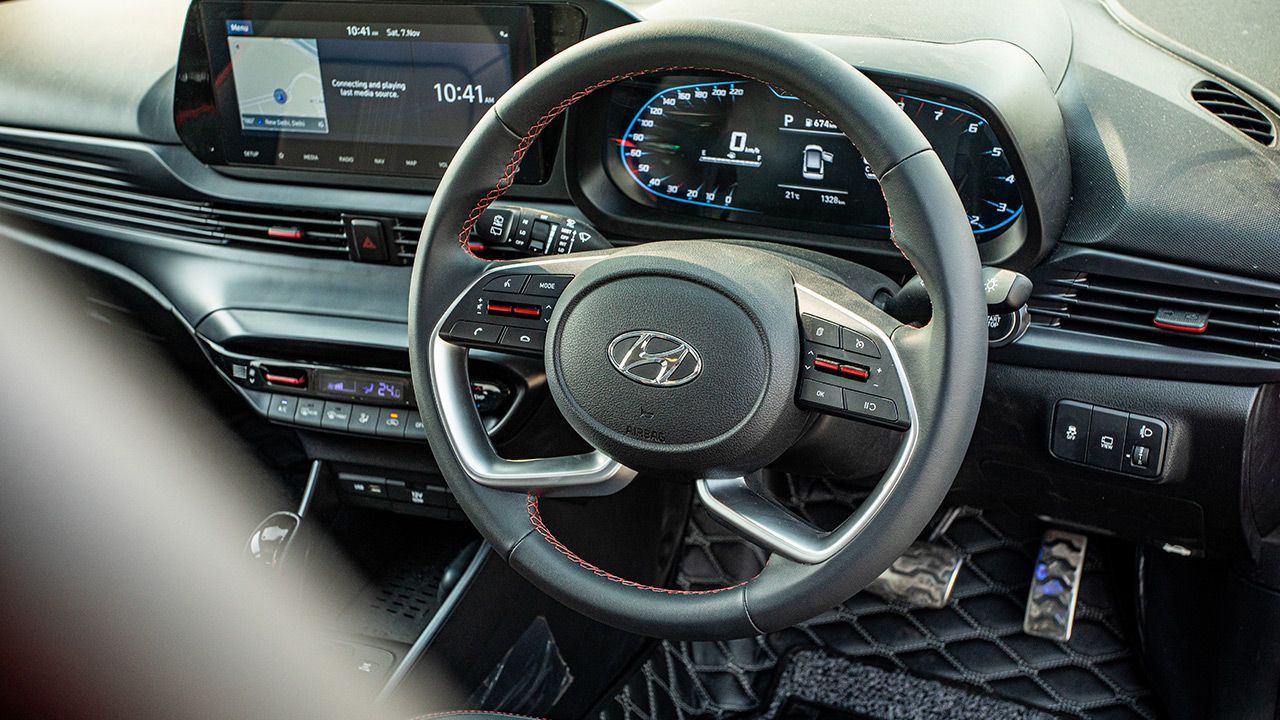
Raising the bar
The interior of the i20 greets you with a welcome sight of a brand-new design, which is a breath of fresh air. In this new layout, the i20 features a cleaner and more simplified design, with minimal switches scattered inside the cabin, and yet it’s packed with standard equipment to the gills.
The first highlight that you notice is its quality. And I must say that the new i20 really moves the game forward in the premium hatchback segment in terms of interior quality. Apart from the lack of soft-touch plastics in some places, the i20’s interior is simply class-leading in its build quality, tactile feel, and fit-and-finish.
One of the hallmarks of Hyundai’s recent products is that they’ve all been very well equipped. But the i20 takes it forward and sets a new benchmark here. For instance, in the top-spec models, you get 6 airbags, climate control, an air-purifier, a digital instrument cluster, a wireless charging pad with cooling function, and much more. There are also a lot of segment-first features, such as the all-digital instrument cluster and BlueLink connectivity. But that’s not all, it also offers the biggest and, by far, the best multimedia experience in its segment, with the 10.25-inch touchscreen and a fantastic sounding 7-speaker Bose audio system.
Of course, an important aspect of the premium hatchback is its interior space. Now, the new i20’s platform has grown – it’s now 41mm wider and 10mm longer, which translates into more space inside the car. The rear seat has ample legroom, but the headroom might be a bit of a squeeze for people taller than 6 feet. Nevertheless, the front seats are quite large and exceptionally comfortable.

Matters of power
Like other Hyundai products, the i20 will also be available with a varied choice of engines and manual and automatic transmissions. The petrol engine options will include the 1.2 naturally aspirated petrol and the 1.0 turbo petrol. And, with the BS-VI norms firmly in play now, the older 1.4-litre diesel engine has been replaced by a much more powerful 1.5-litre engine. While the 1.2-litre mill is perfectly fine for everyday driving – and will be offered with a manual gearbox and clutchless manual gearbox options – it was the 1.0-litre turbo unit that piqued my interest.
With 118bhp of power and eager-to-rev nature, the 1.0-litre engine feels perfectly suited to the platform and weight of the i20. Right from the word go, the i20, with the turbo engine, is eager to accelerate and feels fast enough for most driving styles. After all, even today, an acceleration time of under 10 seconds for a 0 – 100km/h run is not bad for Indian road conditions. Pair this with the decently tuned 7-speed DCT, and the i20 emerges as a car that’s a breeze to drive both in city traffic and on the highway.
Now, Hyundai engineers have been making progress by leaps and bounds in terms of improving the dynamics of their cars, and this is evident in the i20, especially when you compare it to the last-generation car.
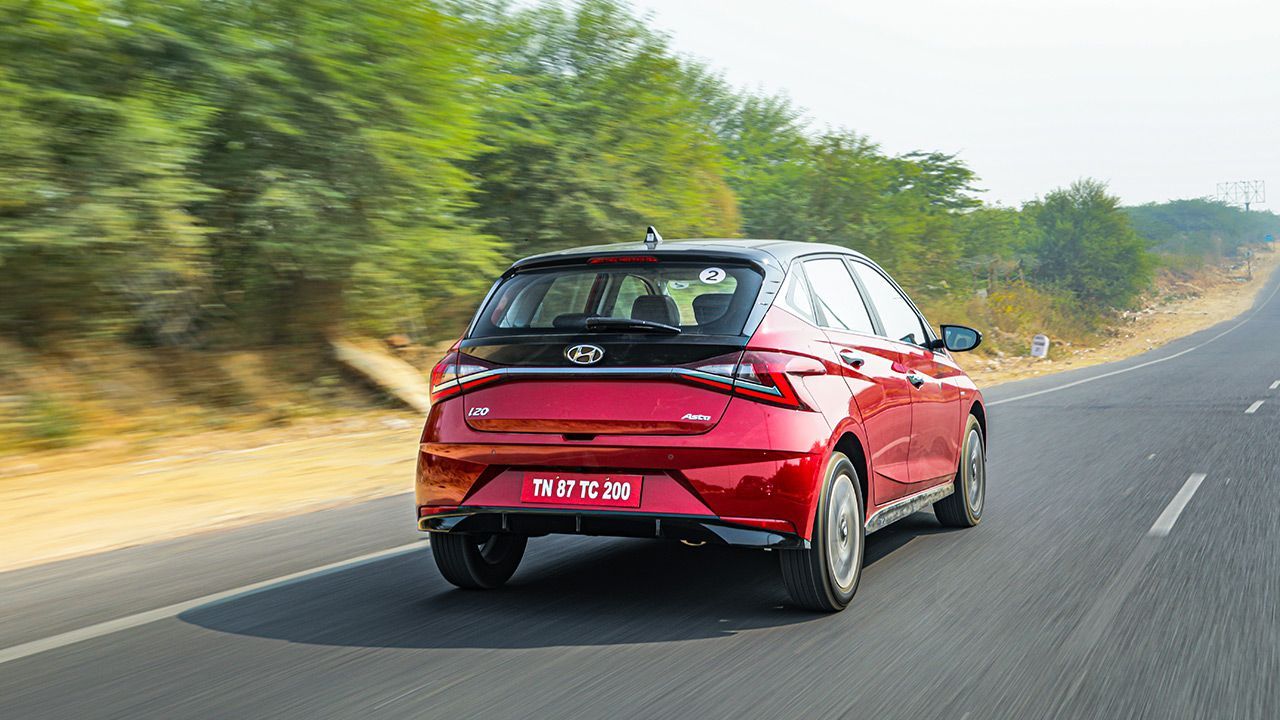
The i20’s suspension setup feels absolutely spot-on – both its ride-quality on broken roads and high-speed stability are very well sorted out. Even when you’re pushing the car hard, with a full load on-board (I tried it with four full-size occupants) the i20’s suspension doesn’t bottom out – the understeer remains very controlled and totally predictable, and the high-speed composure remains unaffected.
Pleasantly, the steering of the i20 also offers pretty good levels of feel and makes the i20 very engaging to drive. Another thing that you immediately notice about the i20 is its refinement – once inside, you will find yourself very well isolated from the outside world. In fact, the one sentence I used to succinctly summarize my experience of the i20 to a friend who was interested in buying one was – ‘It feels plush’.
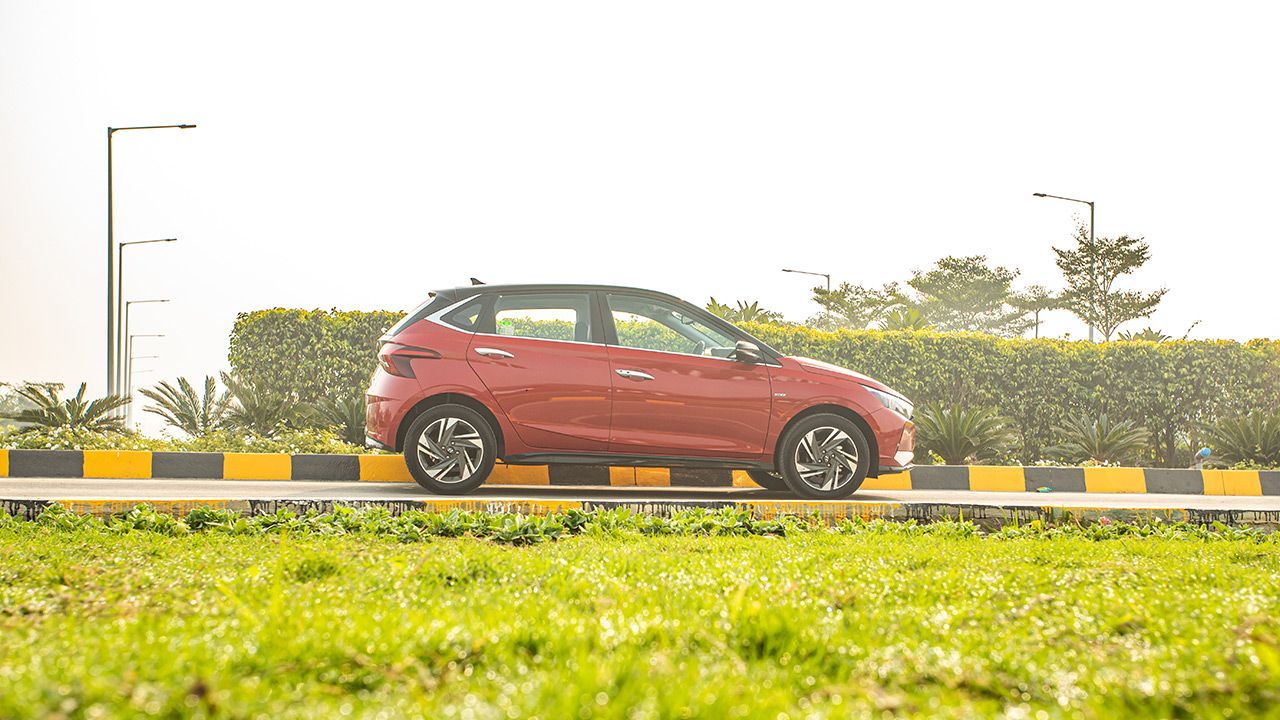
But that price?
Now, I guess, it’s time to address the elephant in the room. My biggest issue with the i20 is its pricing. When I first saw the pricing at the i20’s launch, the first word that came into my mind was ‘overpriced’. Sure, it offers tons of standard equipment, more space, new engines, technology, and the whole nine yards, but upwards of 11 lakhs ex-showroom for a hatch? Frankly, it was hard to swallow.
But, after having experienced the car in various conditions, I believe the i20 sets a new benchmark in the premium hatchback segment. With its styling, chassis, suspension setup, engines, gearboxes, and list of standard equipment that’s longer than the list of names in a phonebook – and let’s not forget the polished and refined feel you get while driving it – it simply had me convinced.
Sure, it’s not perfect. In fact, I’d like a few things to change in the i20, such as the inclusion of a set of analogue dials – I passionately hate digital instrument clusters – paddle shifters for the DCT gearbox, and a slight reduction in price. But to be brutally honest, if you’re looking for the best premium hatchback in India, there is nothing beyond the new i20 – in fact, the competition has a lot of catching up to do. It really is that good!
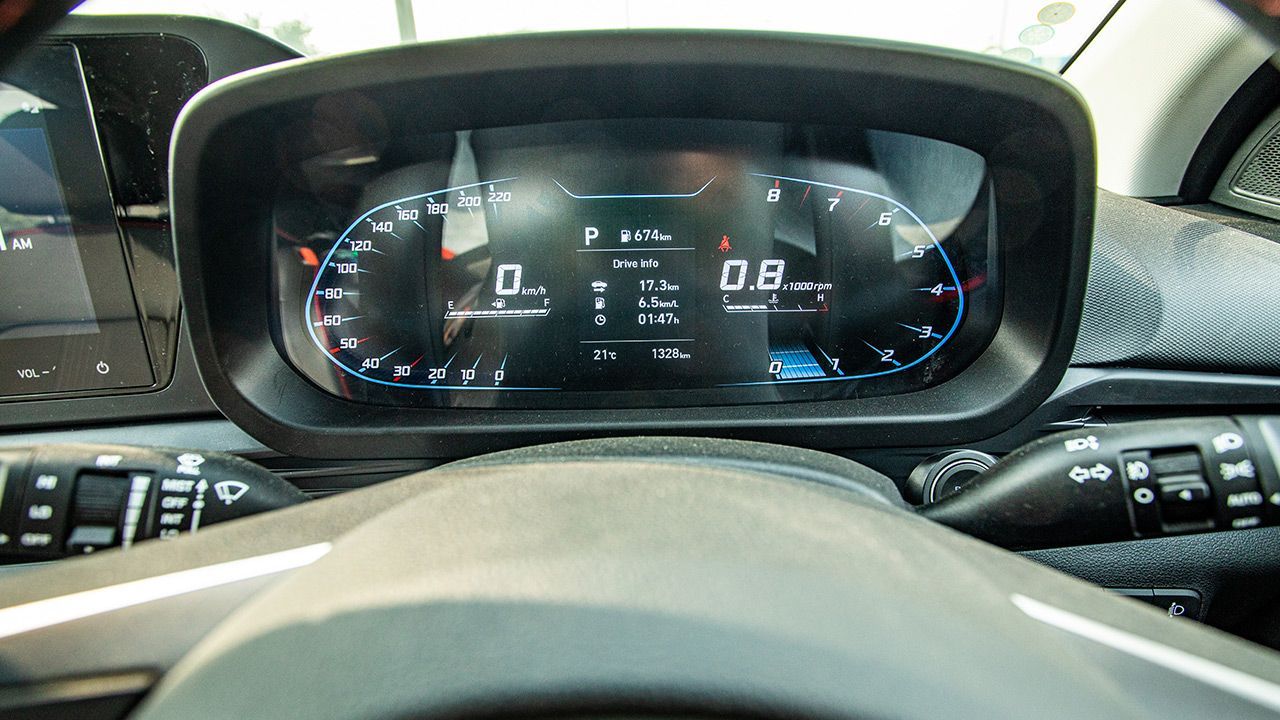
The i20’s digital cluster does look impressive, but it takes time getting used to the interface and understanding the displayed information.
Also read - All-new Hyundai i20 launched at Rs 6.79 lakh
All-new Hyundai i20 variant information revealed
Engine: 998cc / 3-Cylinder / Turbocharged
Fuel: Petrol
Transmission: 6-Speed iMT / 7-Speed DCT / Front-Wheel Drive
Power: 118bhp @ 6,000rpm
Torque: 172Nm @ 1,500-4,000rpm
Price: ₹8.8 - 11.33 Lakh (Ex-showroom)
X-Factor: With its class-leading quality, features, great look, and excellent performance, the i20 resets the premium hatchback benchmark.
| Pros • Great design • Terrific quality • Loaded with standard equipment |
Cons |
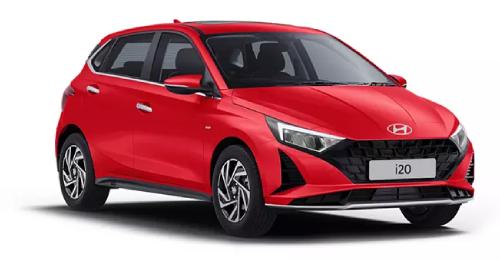
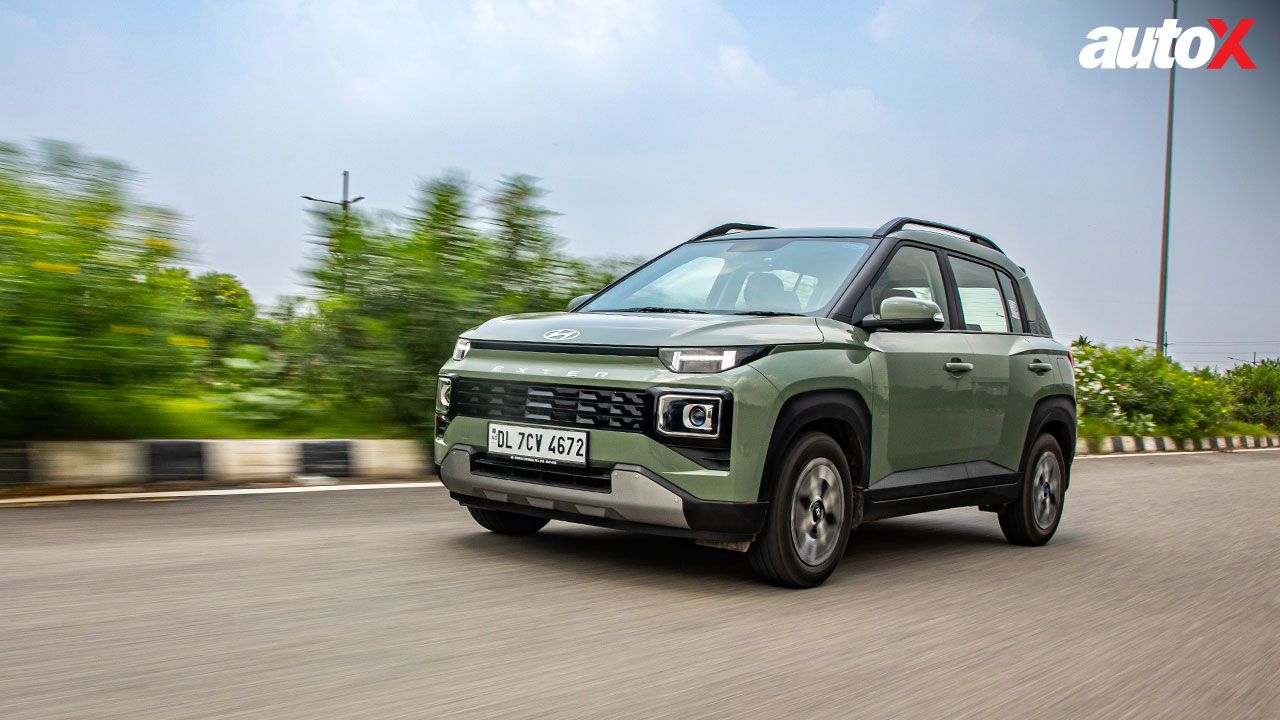
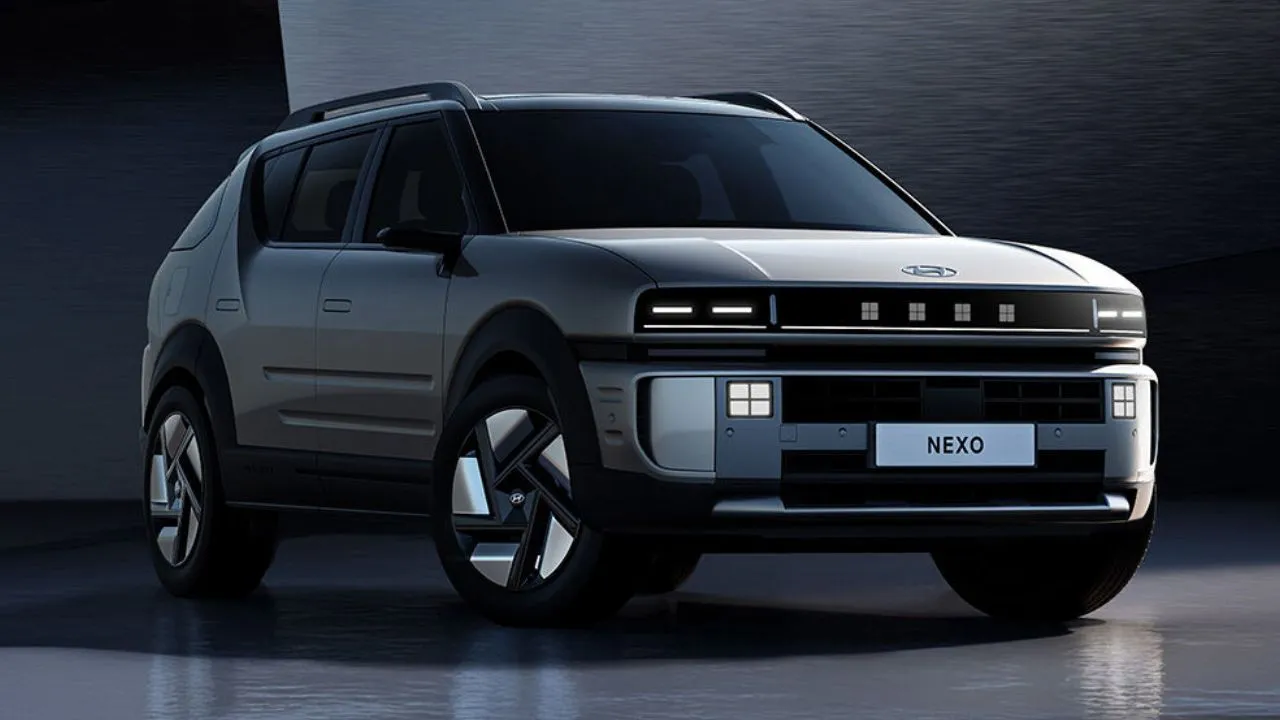

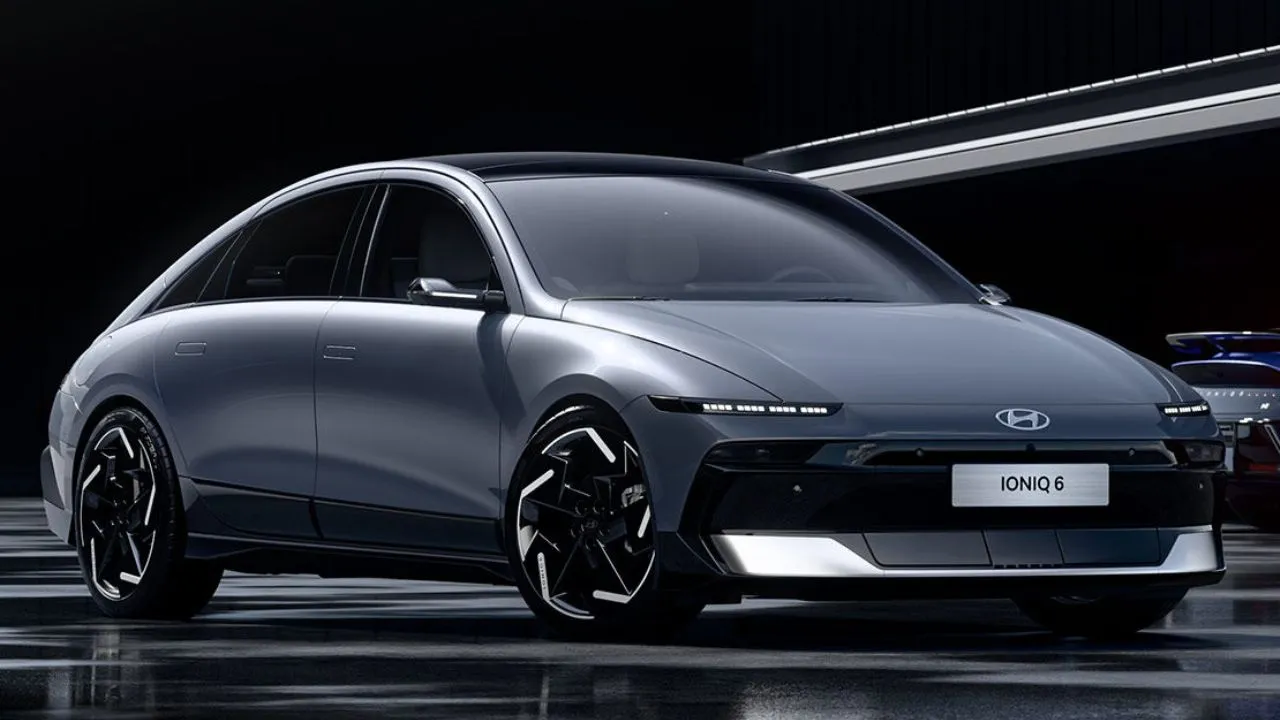
![Hyundai Alcazar Now Gets Wireless Android Auto & Apple CarPlay Upgrade with New Adapter 1741761588921 Jnu6 2024 Hyundai Alcazar [1]](https://images.autox.com/uploads/2025/03/1741761588921-jnu6-2024-Hyundai-Alcazar-[1].webp)

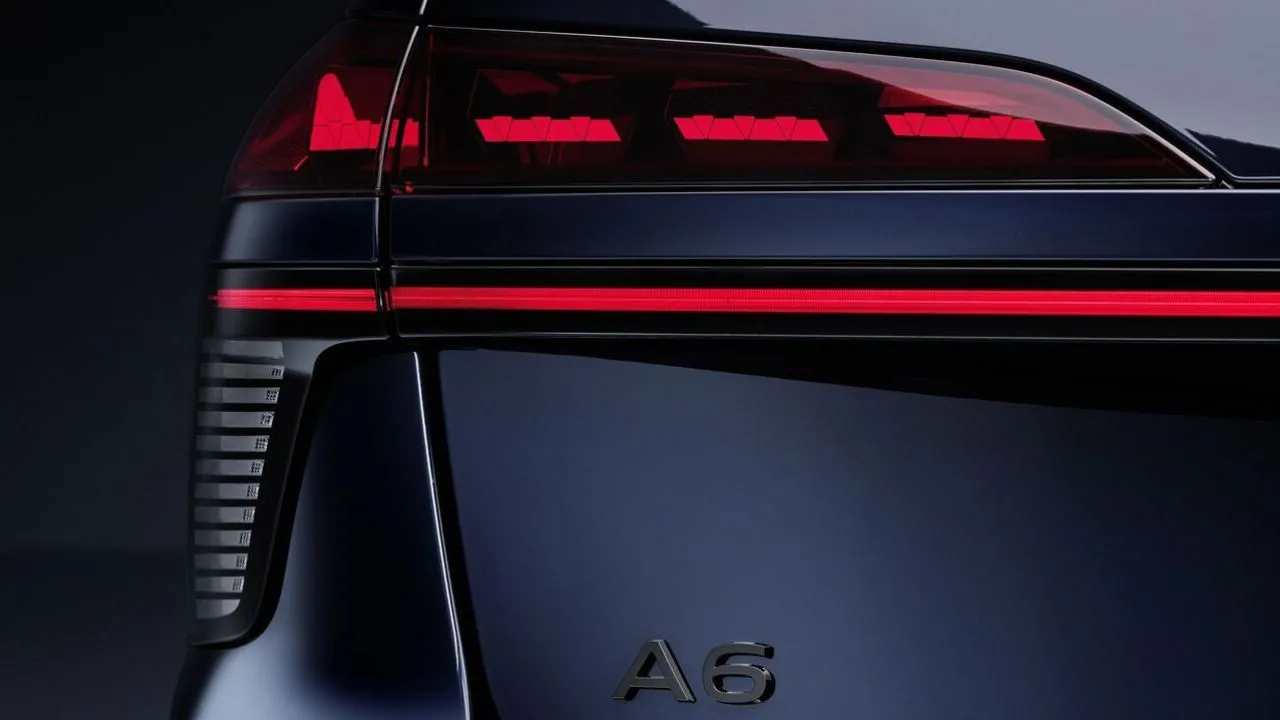
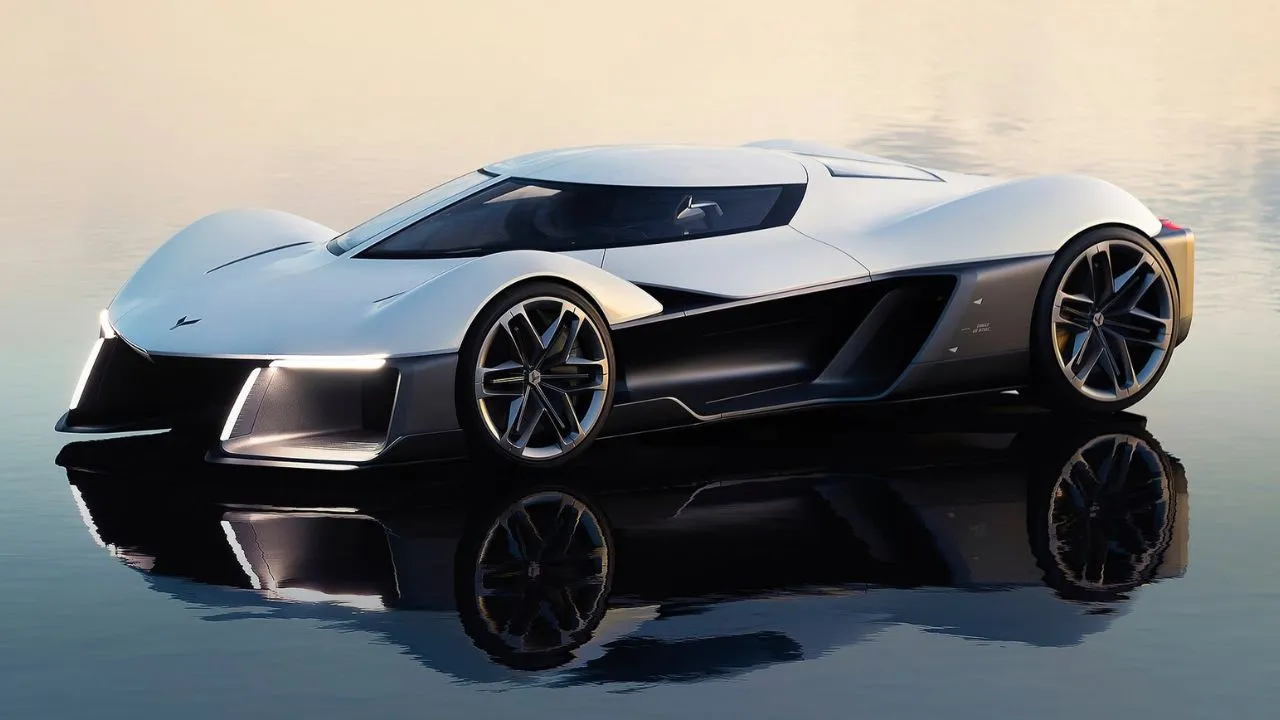
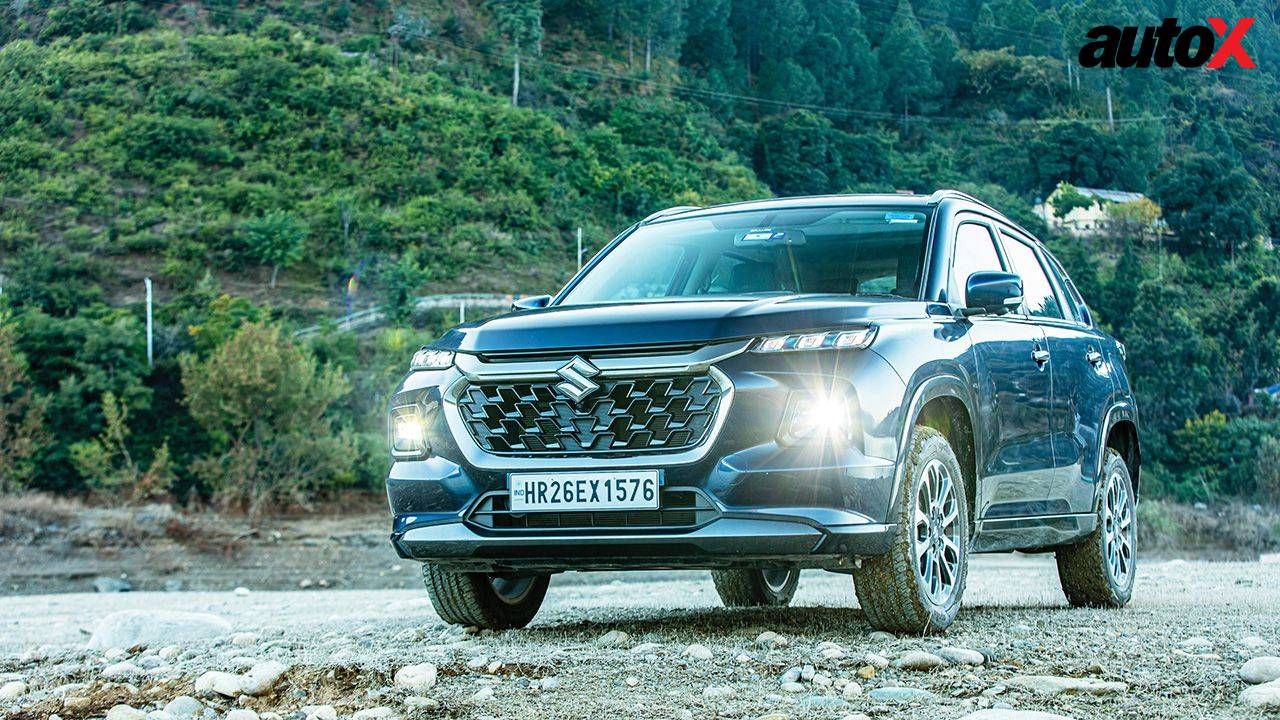
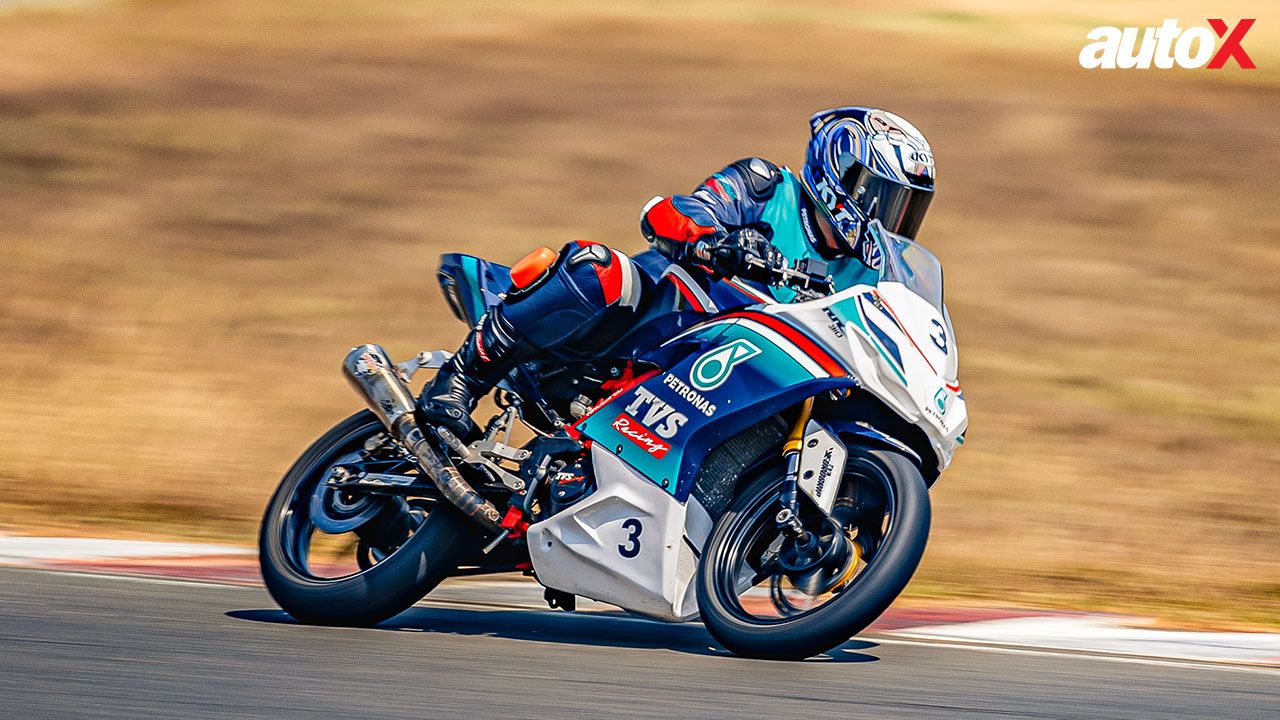



















Write your Comment on